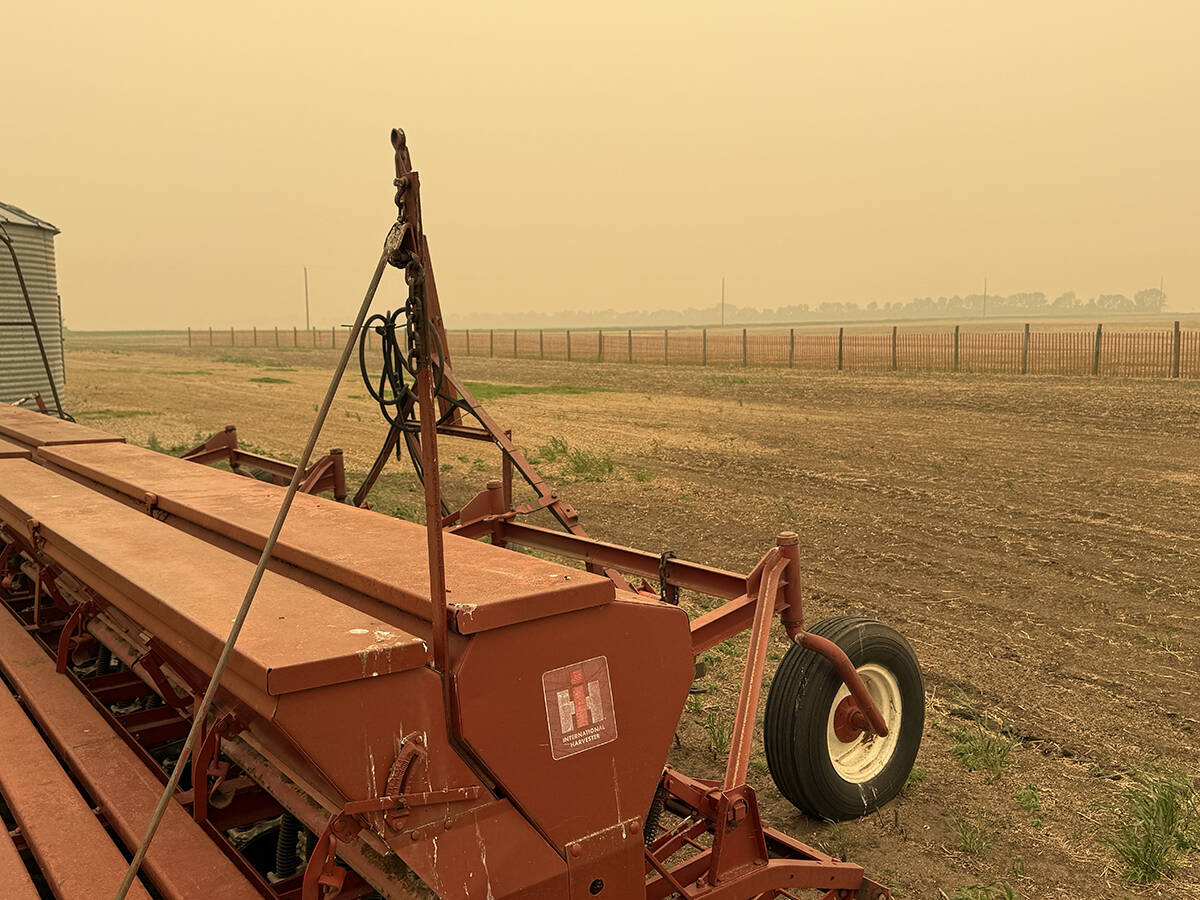Morden, Man. — Root rot resistance has shown up in odd places, and that makes researchers hopeful more can be built into both small- and large-seed pulses.
“We were surprised,” said Agriculture Canada scientist Bob Conner during a Manitoba Pulse Growers Association tour about resistance being found in both old varieties and large seed bean types.
The more resistance found in pulse varieties, the more material that breeders can use to knit together internal resistance packages for new varieties.
Conner described root rot as an “insidious” problem, one that is often not recognized by farmers. Root rot is a general description for the phenomenon of a pulse plant’s root system weakening and rotting beneath the surface, often not revealing itself in the crop above except by late season poor performance and weak production.
Read Also

Wildfires have unexpected upside this year
One farmer feels smoke from nearby wildfires shrouded the July skies and protected his crop from the sun’s burning rays, resulting in more seeds per pod and more pods per plant.
It is not caused, Conner said, by one agent, but is probably the result of a swarm of different root rot pathogens attacking the plant simultaneously.
“You very seldom get the situation where you have just one root rot pathogen affecting a crop,” said Conner as he showed research plots to farmers visiting the Morden research centre.
Researchers have been seeding thousands of research plots with pulse varieties and pathogens to try to find vulnerabilities and resistance. This year there are 3,500 plots.
Beans from Ontario and Western Canada are being studied.
Resistance has been found in a number of varieties and for the first time in large seed beans.
Black bean variety Black Violet has been found to have resistance to some root rot pathogens, and old black bean variety Navigator was found to have good resistance.
The best resistance to pathogens was actually found in two cranberry bean varieties.
“This is the first report of root rot resistance in a large seed type,” said Conner.
Once researchers know where resistance can be found, they can try to combine it within various types of beans so that crops won’t be as vulnerable.
The resistance in large seed beans like the resistant cranberry beans discovered offers hope for other cranberry bean varieties of the future and for large seed beans like kidneys.















